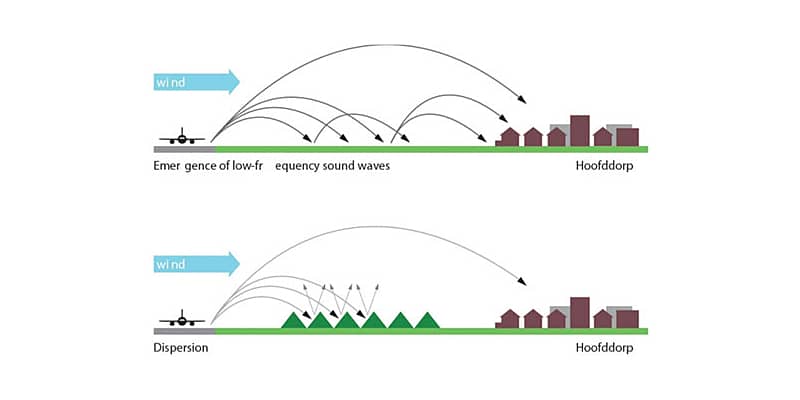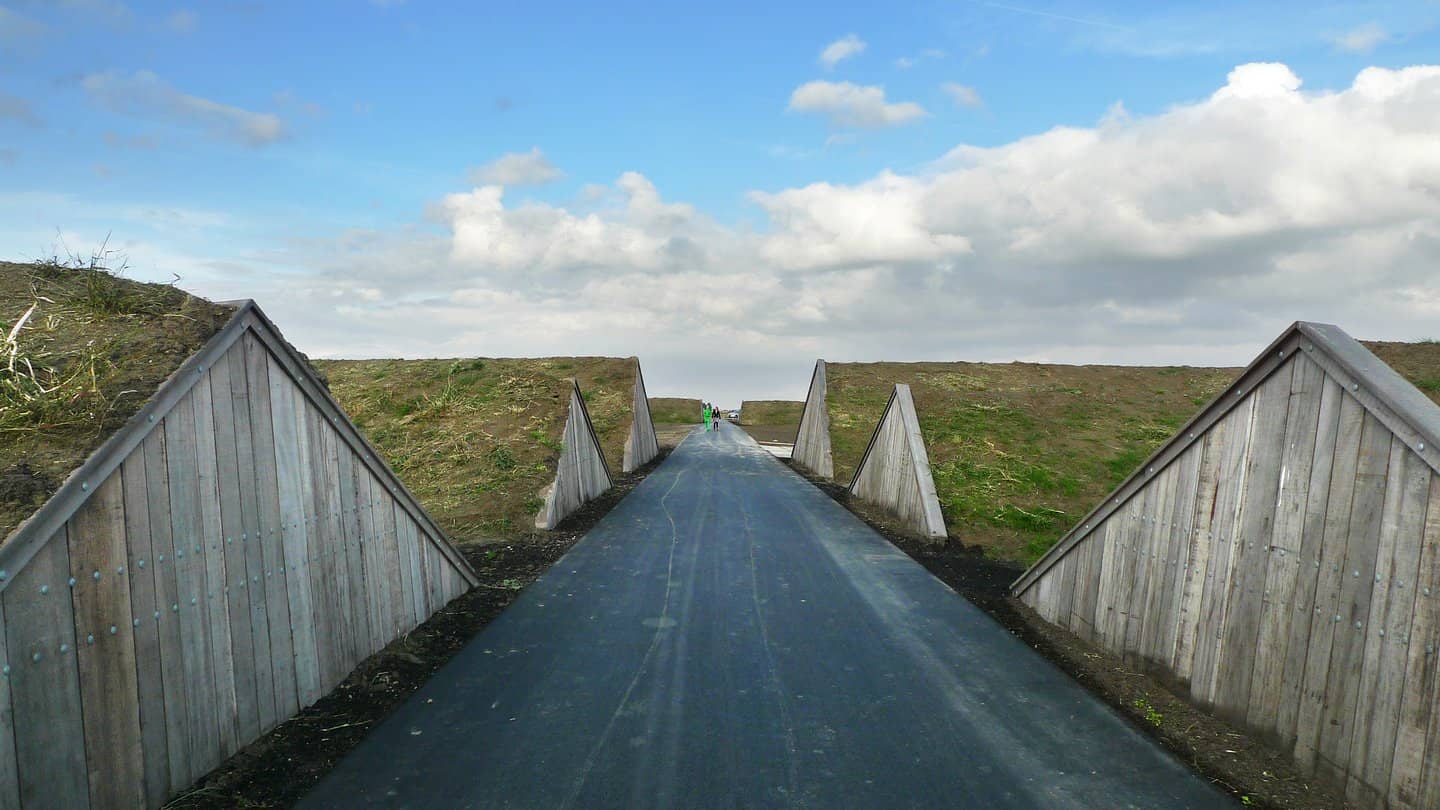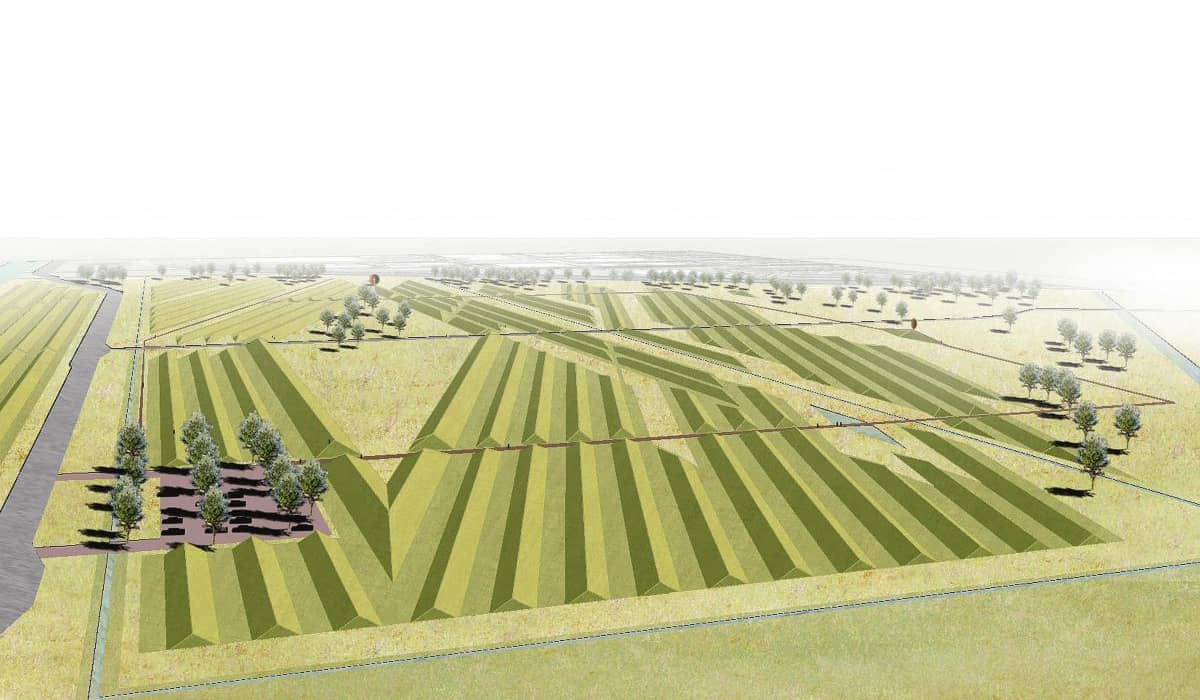The cities are the perfect place to live if you want easy access to all the facilities, and that includes modes of transport. The facilities in the cities come with the problem of pollution with the industries and the vehicles. One of the biggest problems is the noise pollution, and if you live anywhere near an airport, your life will be a disaster filled with airplane noise 24/7. Amsterdam has come up with an ingenious solution to tackle its noise pollution problem.
Amsterdam’s Schipol Airport, located just 9 km from the city center is super busy at all times with over 479,000 flights going in and out all year. At an average of 1300 flights every day, you can imagine what the people around go through. The airport location was chosen for the low-lying flat land, the kind of area known in Netherlands as a polder. The area chosen for the airport was once a military base and once it was commercialized, it also became a very populated residential accommodation. When the airport constructed the longest runway in 2003, the landing noise could be heard from as far as 28 kilometers away. The great airport site is also the biggest noise source in the city deprived of any valleys, or hills that could partially drown the noise.
Authorities called in architects from H+N+S Landscape Architects, and artist Paul De Kort to work together for solving the city’s problem without interrupting the service. Prior to hiring the architects, the airport staff had observed that the noise levels went lower when the nearby fields had been plowed. The architects were then assigned the task of figuring out how sound travel is affected by the modified topography.

The architectural teams did their research into the physics of sound travel and discovered the works of a German physicist and musician Ernst Chladni who is also referred to as the ‘Grandfather of acoustics.’ Using Chladni’s principles, the design team created a series of hedges and ditches southwest of the airport. Each of the hedges sits 36 feet from the next which is the same as the wavelength of airport noise, and as a result, the noise levels from the airport have dropped to half.

The edges and the ditches made to deal with the noise have been covered with grass, and the entire place is converted into a park all around the airport that has been named Buitenschot. A crisscrossing pedestrian network and a bicycle path run through the entire park, which has been made home to special acoustic artworks. One of the artworks in the “Listening Ear” which is a specially designed parabolic dish that amplifies far away sounds. Another one of the works in the “Chaldnipond” which is a diamond shaped pond, the bridges of which contain a mechanism for creating patterned waves in the water below.

Watch the beautiful and unique Buitenschot part in the video below:


